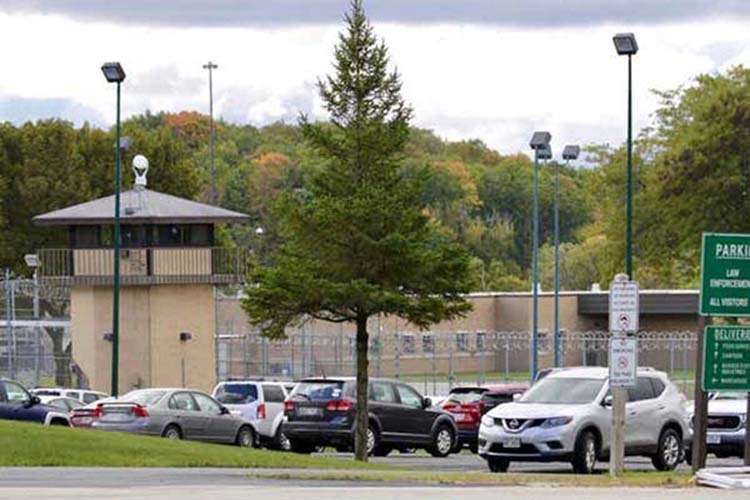Madeline Heim and Sarah Volpenhein
USA Today
August 27, 2021
For a brief, glorious few weeks, it seemed to many that the worst of the pandemic was behind us.
Half of Wisconsin residents are fully vaccinated. Beloved festivals and sporting events, forced into hiatus last year, are making a triumphant return, with hundreds of thousands of attendees in tow.
In late June and early July, many counties recorded averages of very few — sometimes zero — new coronavirus cases per day. Hospitalizations from the virus were down and deaths plummeted.
But signs of what could come our way were already emerging in the southern U.S., where states with large unvaccinated populations suddenly had overflowing hospitals and some of the highest case counts they’d ever seen.
The surge is thanks to the more contagious delta variant, which appeared first in India and now accounts for more than 86% of all COVID-19 cases in the nation, according to the Centers for Disease Control and Prevention.
Numbers haven’t skyrocketed the same way in Wisconsin, but they are rising: On July 15, the state was averaging 150 new cases per day; a little more than a month later, it’s averaging nearly 1,400. Hospitalized COVID-19 patients have increased five-fold in the last month. Deaths have remained relatively low, but at eight per day over the past week, they’re higher than they have been since February.
Even with the help of vaccines, health care workers, school teachers, business owners and others are struggling with the familiar feeling that this fall may be bad.
But how bad?
At the pandemic’s worst, outbreaks struck Wisconsin prisons, nursing homes and meatpacking plants with full force, moving quickly through populations at high risk of illness due to age, comorbidities or poor ventilation and close proximity to others.
Today, those settings are at least somewhat protected by vaccination and natural immunity built up from previous infection, though we don’t know how long that lasts.
This time around, though, schools with relaxed mask policies and a commitment to in-person instruction could prove a breeding ground for outbreaks, as could the mass gatherings that were largely canceled last year.
Prisons: 70% of incarcerated people are vaccinated, but less than half of staff are
Prisons have been the sites of some of the pandemic’s largest outbreaks. Prison overcrowding, cramped living quarters and limited space for isolation or quarantining made the facilities hotbeds of COVID-19.
About 11,000 Wisconsin prisoners have tested positive for the virus since the beginning of the pandemic and at least 32 have died from COVID-19, according to the Wisconsin Department of Corrections. That’s out of a prison population that, on any given day, is around 21,000 people.
Nearly 2,700 members of DOC staff have also caught the virus, according to the DOC.
About 80% of infected prisoners caught the virus in the last three months of last year, when the pandemic was at its height in Wisconsin. In some state prisons, three quarters or more of the prison population ended up infected.
By June, most prisoners had been fully vaccinated, and cases of COVID-19 among prisoners were few, according to DOC data. No large outbreaks have been reported at state prisons since the delta variant became dominant.
That’s likely due, in part, to the relatively high vaccination rates among prisoners. Nearly 70% of all current prisoners have been fully vaccinated, though at some prisons, the rate is nearer to 50%, according to DOC figures.
It’s less clear exactly how many correctional staff members have been vaccinated, said John Beard, DOC spokesperson. At least 47% of prison workers have gotten the vaccine, Beard said, though state prison officials believe the true number is higher.
Amanda Simanek, associate professor of epidemiology at the University of Wisconsin-Milwaukee, said it’s important to keep an eye on vaccination rates among staff members, who could bring the more contagious delta variant into the prison.
The prisoners “don’t have a choice of who comes in and out of their facility. They have the least autonomy over the mitigation measures they can take,” she said.
